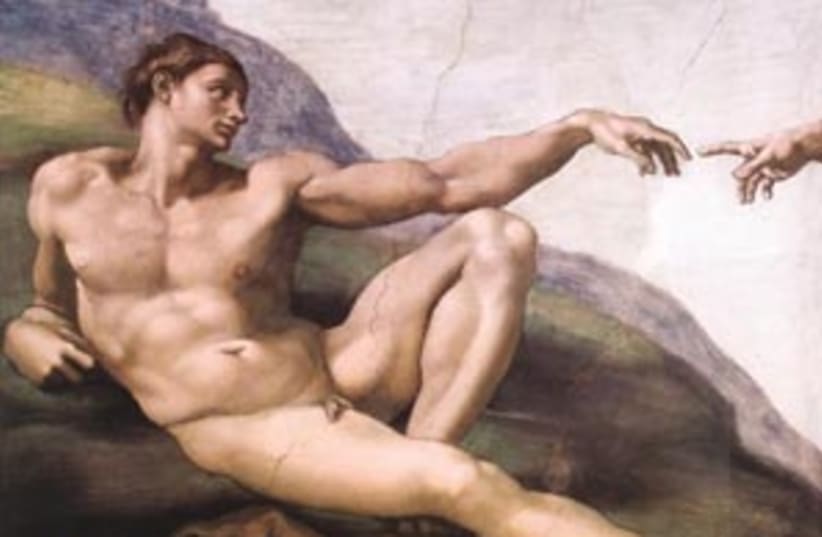Experts at the Victoria and Albert Museum (V&A) in London believe they have found one of Michelangelo's fingerprints on a small wax statue, CNN reported on Friday.The fingerprint was found on a wax model when it was transferred back from storage, the museum shared on its website. It had been moved to a cooler location in basement storage to protect it from a heatwave. The curators believe that the fluctuating temperatures caused a chemical change in the material, revealing the print.
“It is an exciting prospect that one of Michelangelo’s prints could have survived in the wax,” senior curator Peta Motture told the BBC. “Such marks would suggest the physical presence of the creative process of an artist. It is where mind and hand somehow come together. A fingerprint would be a direct connection with the artist.”
The wax figurine is over 500 years old, created as a model for a far larger statue, according to the museum website. Preparatory statues are not designed to last, and the model with the fingerprint is one of only a few surviving.The wax model was used as a draft for an unfinished marble statue called "A Slave", which depicts a naked figure with its arm thrown across its face, according to CNN.The piece was originally commissioned for the tomb of Pope Julius II at St. Peter’s Basilica in the Vatican in Rome, according to the museum. While the tomb's design was "ambitious," with over 40 figures like "A Slave," both the tomb and statue were unfinished.
The figurine was featured on Tuesday's episode of the BBC documentary Secrets of the Museum, V&A noted.
